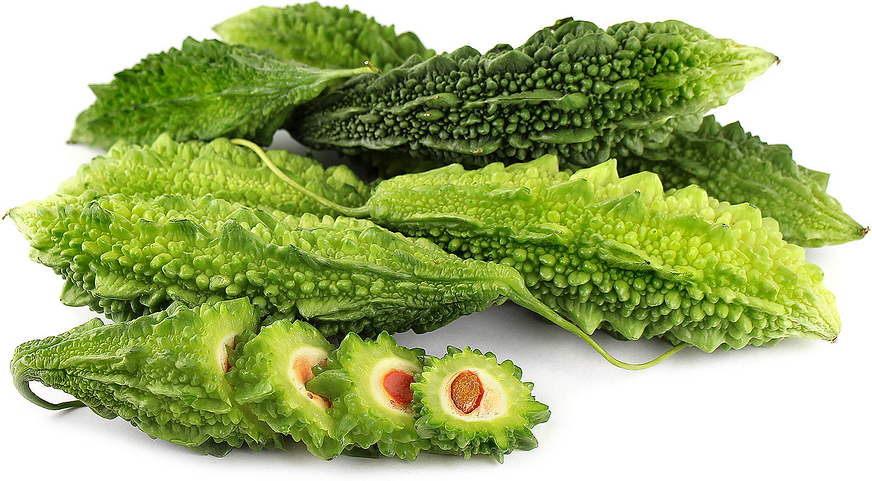
BMomordica charantia is a tropical and subtropical vine of the family Cucurbitaceae, widely grown for edible fruit, which is among the most bitter of all vegetables. English names for the plant and its fruit include bitter melon or bitter gourd. It is widely grown in India (Karela करेला in Hindi), Pakistan (Karela کریلا in Urdu, اردو),(komboze کمبوزه in Persian), South Asia, Southeast Asia, China, Africa and the Caribbean.
Medical Use
Bitter melon has been observed to have blood sugar-lowering effects, but there is only limited research specifically using bitter melon in humans. Clinical studies show that bitter melon increases the production of beta cells in the pancreas which leads to improvement in the insulin production of the body. Many studies show that bitter melon is able to reduce the blood sugar levels in the body. Charantin, polypeptide P, and oleonolic acid glcosides are some of the ingredients of bitter melon that are essential in diabetes treatment. Charantin consists of mixtures of natural steroids which are shown to reduce blood sugar levels in the body. Polypeptide P, contains alkaloids that can also promote healthy blood sugar levels. Oleanolic acid glycosides, on the other hand, may prevent the retention of sugar from the intestines. Improvements in these area leads to improved insulin levels in the body.Fresh juice of two karelas (approximately 20ml) should be taken on empty stomach in the early morning daily. The regular practice of this gives enormous benefits to the diabetics.
Researchers believe bitter melon may lower blood sugar by increasing the activity of hexokinase and glucokinase, enzymes in your body that convert sugar into glycogen, which can be stored in your liver and used later for energy. A two-day Indian study published in 1999 examined bitter melon’s effect on 100 people with type 2 diabetes. On both days, researchers tested the participants’ blood sugar levels in a fasting state and after drinking glucose. Participants took 150 to 200 mi of bitter melon extract on the second day. That day, researchers found that 86 percent of the participants experienced an average 14 percent drop in blood sugar after fasting and after drinking glucose. Diabetics over-produce many fats in the body, including LDL cholesterol, triglycerides, and so on. Lipolytic enzymes (lypases) are at least partially blocked by diabetes. So, they also become less able to “burn fat” inside the many kinds of tissues in the body, and tend to produce too much sugar and fat in the liver. Scientific studies reveal that Bitter melon tends to improve all of these processes. To take it, slice the unpeeled fruit lengthwise, remove the seeds, cut it into thin slices, and steam or boil them until the fruit is tender enough to cut with the edge of a spoon. Place the fruit with equal amount of water in a blender and puree for two minutes. Drink 1/4 to 1/2 cup once a day. Or substitute bitter melon juice, found in groceries. Look for the liquid extract in natural food stores; take 1/4 to 1/2 teaspoon up to three times daily.